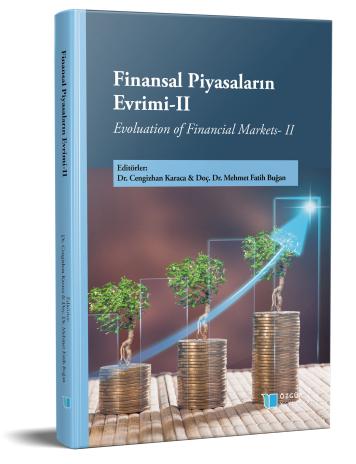
Risk-Adjusted Return Methods: an Application to the BIST
Chapter from the book:
Karaca,
C.
&
Buğan,
M.
F.
(eds.)
2023.
Evolution of Financial Markets- II.
Synopsis
In the scope of the modern finance theory, it is not possible to deal with the return factor from the risk factor independently. While rationalist investors would like to maximize their returns on their investments, they want to minimize their risks. They expect to be rewarded with a higher return for the extra risk they take. In this context, some indices calculated within the scope of BIST have been subjected to performance valuation with risk-adjusted return methods. In the study, BIST Sustainability (XUSRD), BIST Corporate Governance (XKURY), BIST Dividend (XTMTU) and BIST Participation 30 (XK030) indices were addressed and M2 Performance Ratio, T2 Performance Ratio, Jensen Alpha and Fama Decomposition methods were used to calculate the risk-adjusted returns of the indices. In the study, 251-day data set in the period of 03.01.2022-30.12.2022 was used. Data were obtained from Refinitiv Eikon. As a result of the research, it has been determined that the BIST Participation 30 index is the index with the best performance in terms of all methods. This is one of the findings that proves that Islamic indices, which have an important mission to transfer idle capital to financial markets and to create an effective real economy by spreading capital, do not have any disadvantage in terms of rationality when compared to their conventional counterparts. Although the BIST Dividend index has the lowest performance in terms of all methods, it should not be forgotten that the returns discussed in the research are capital returns, and the dividend income provided by the relevant companies should also be considered in addition to the capital return at the investment stage.

